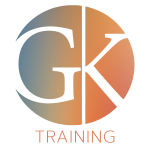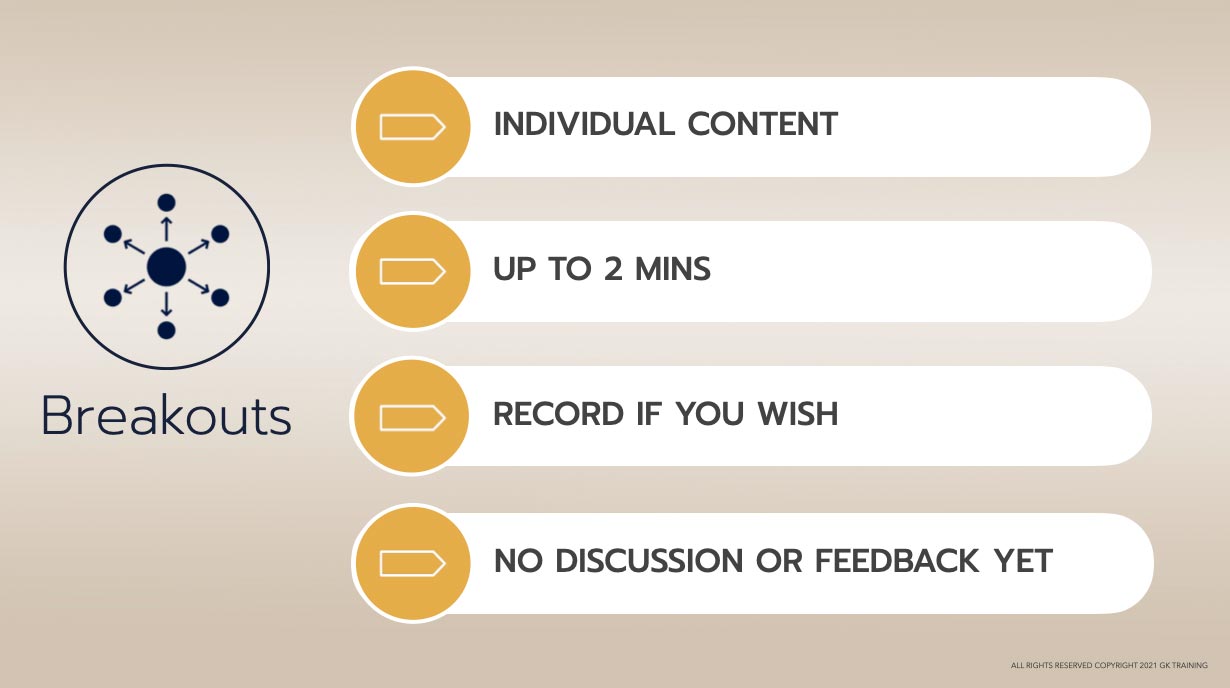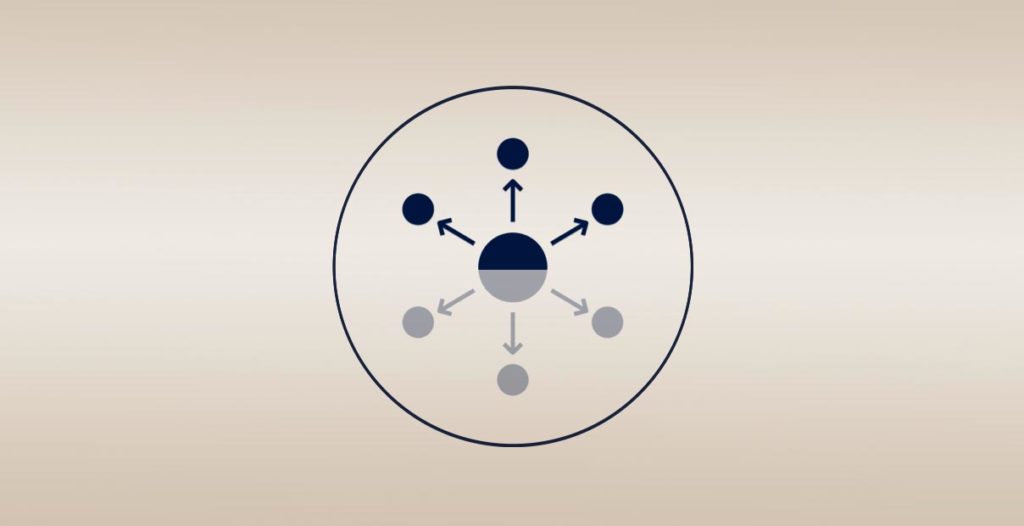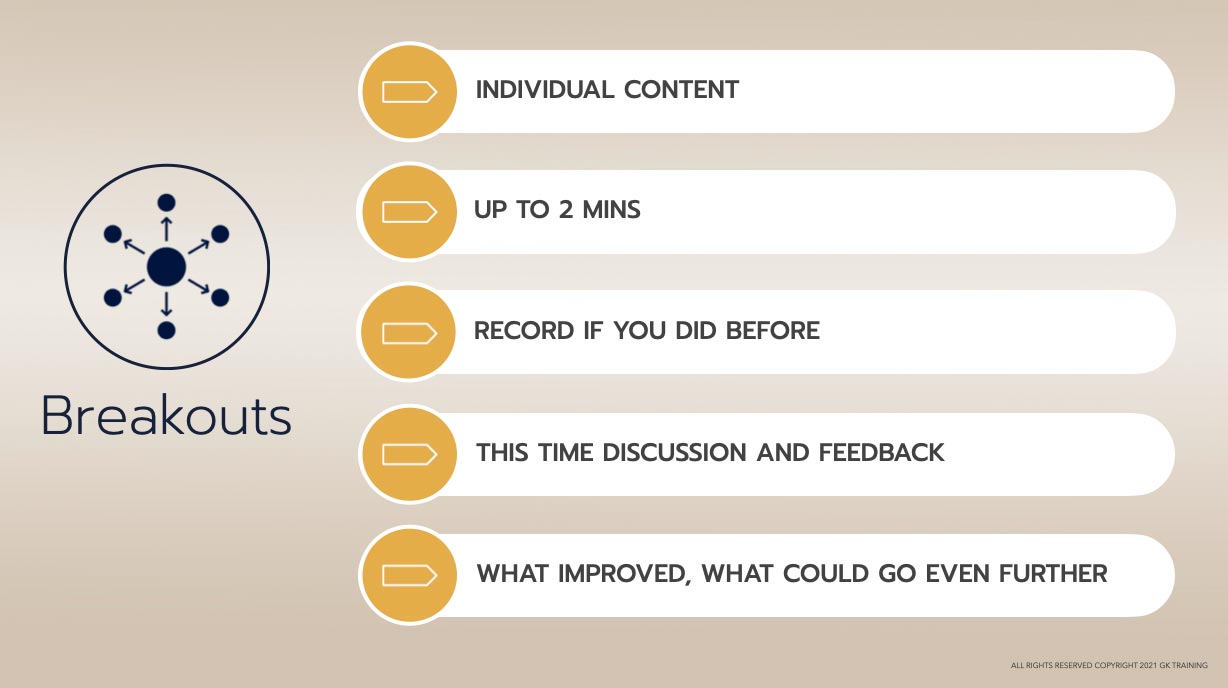
EXECUTIVE PRESENCE
PROGRAM: LATHAM & WATKINS
90-MIN WEBINAR_FIRST-YEAR ASSOCIATE PROGRAM
PROPOSAL
RUN OF SHOW
Executive Presence Run of Show
90 MINUTE WORKSHOP
WELCOME
WHY: Learners need a clear moment of embarkment, and a roadmap to know where they’re going and why.
ACTIVITY: The session begins with a moment of surprise and story-telling to engage. We set expectations and cover the agenda so participants feel comfortably in the hands of a trustworthy narrator and challenged by the session’s ambition. We emphasize how the day will equip the learners with new skills that are highly relevant at this beginning stage of their career, and explicitly give them permission to get feedback and support from those around them as they navigate their new legal home at Latham & Watkins.
BREAKOUT 1
SELF-LED (Baseline)
HOW: Learners establish a baseline by presenting to their colleagues in breakout groups of six or less.
ACTIVITY: Each participant has opportunity to deliver the pre-work; each participant gets equal time. (Note: for the first breakout there is no peer feedback.)
THREE SURPRISES
HOW: Participants learn GK’s 3 suprises about good communication: 1. it comes from using more of yourself, not less; 2. it comes from being focused on the other person; 3. you do not need to feel confident to project confidence.
ACTIVITY: Participants consider the bandwidth with which kids communicate; they complete a thought experiment about 4 one-to-one communication scenarios and embed the key realization with a mneumonic exercise; and they lay the groundwork for liberating themselves from the “confidence trap,” via volunteer or call-and-response (if live), or chat feed (if remote).
CONTEXT:
Learn more about the confidence trap and the twin hazards of thought suppression and distinction in our 10-year anniversary message.
LEARN MORE:
VOCAL VARIETY
CONTEXT:
What can you learn about Vocal Variety by reading to kids?
KINESTHETIC LEARNING
WHY: To achieve actual behavioral change, participants need to learn not just with their brains but with their bodies. We use kinesthetic learning and embodied cognition to build new habits that stick.
ACTIVITY: Participants learn multiple drills that address derailers like: talking too fast, monotone communication, discomfort with silence, verbosity, and filler language. Here is a sampling of drills that you can expect at your workshop.
LEARN MORE:
Watch this Keynote from Michael Chad Hoeppner (Pay attention: A cork makes a cameo).
BREAKOUT 2
SELF-LED
HOW: Learners practice the program’s lessons in breakout groups.
HOMEWORK AND
NEXT STEPS
ACTIVITY: The session wraps up with a preview of the reinforcement emails each participant will receive, an introduction to GK’s interactive practice app Question Roulette (custom version), and guidance on HW. Learners are explicitly encouraged to seek out feedback from stakeholders at Latham & Watkins moving forward.
CONTEXT:
Here’s a demo of the GK Practice App “Question Roulette”
